Table of Contents (click to expand)
Mt. Everest’s “above sea level” height is greater than that of Mauna Kea and is therefore considered the tallest mountain on Earth.
While Titanic is one of the most widely watched movies in history, we know what fateful end it met. If you haven’t watched it yet… spoiler dead ahead!
As we swooned over the majestic love story of Rose and Jack, our expectations were shattered by the tragic ending. The Titanic hit a catastrophic iceberg and split in two, finally leading to the separation of the two star-crossed lovers.
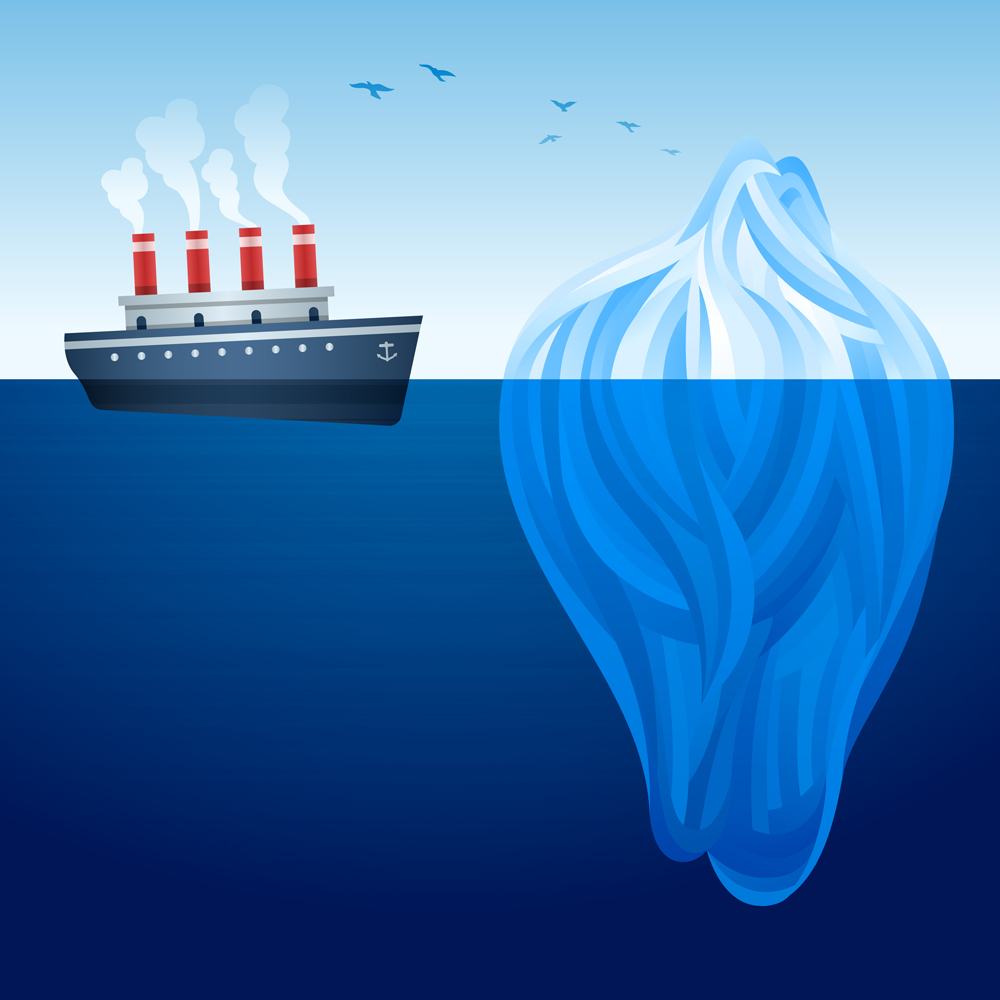
If all the water from all the oceans was taken out, we would see that the ocean floor is not a plain and flat surface. It also has landforms like mountains and plateaus. Although an iceberg is not one of these landforms, it does confirm our belief that there may be solid masses beneath the surface of the liquid ocean.
So, if there are mountains rising from the floor of oceans, is Mount Everest actually the tallest mountain on planet Earth?
Which Is The Tallest Mountain?
Mt. Everest has a height of 8,848 m and is considered to be the tallest mountain on Earth. However, you may be surprised to know that it has some fierce competition! Mauna Kea, which is a dormant volcano on the island of Hawaii has a total height of 10,200m and is truly the tallest landform.
If that’s the case, why is Mt. Everest given the number one position?
The simple catch is that when Mauna Kea’s “above sea level” height is considered, it turns out to only be 4,207 m. This means that the major portion of this volcano is submerged in the Pacific Ocean. On the other hand, Mt. Everest rises from the land itself and its height of 8,848 m is the “above sea level” measurement.
By understanding the differences in the formation of these two mountains, it’ll be easier to decide whether Mt. Everest should or should not be declared the undisputed champion.
Also Read: What Is Olympus Mons? How Tall Is Olympus Mons
The Plate Tectonic Theory
To understand the formation of mountains, it is important to know about the plate tectonic theory. According to this theory, the outer layer of the earth or the lithosphere, is divided into many tectonic plates. They are irregularly shaped and composed of solid rock.
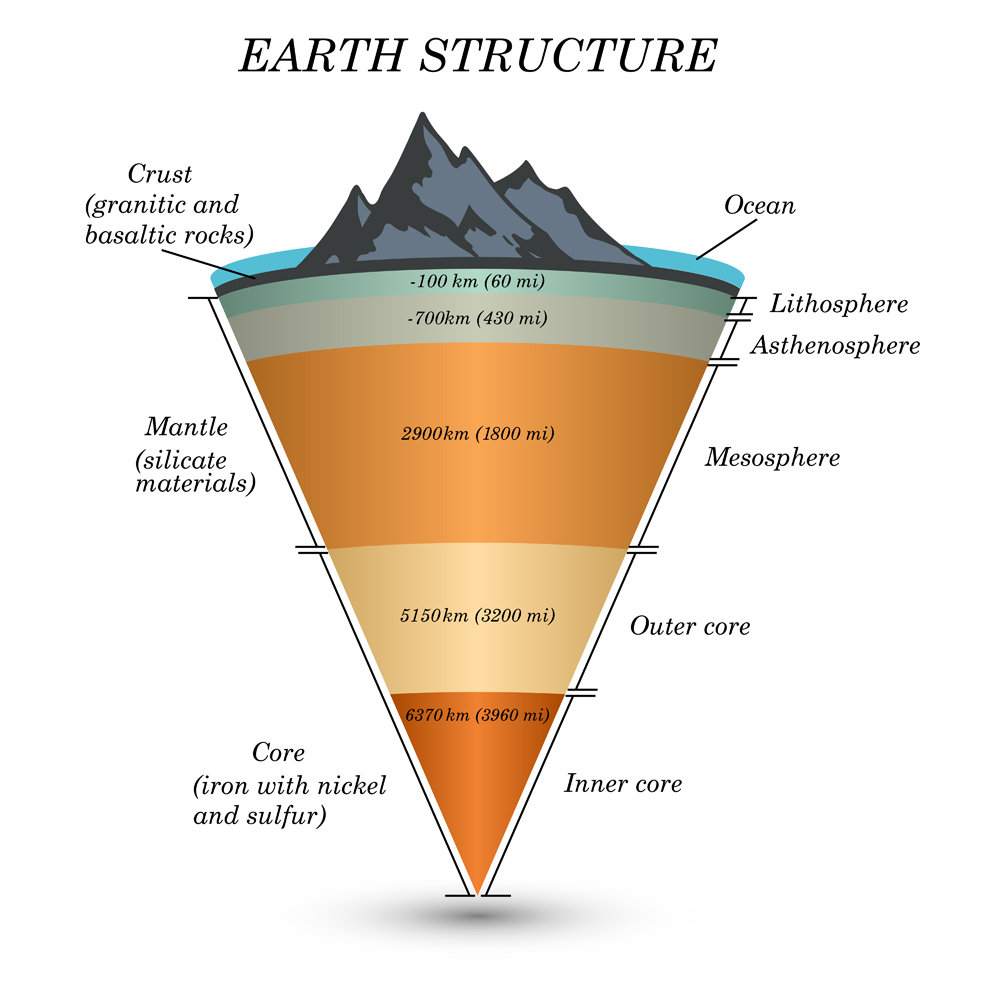
These plates continuously move over the asthenosphere, which is a semi-molten layer. There are seven major and a number of minor plates covering the planet. Since the Earth was formed, the plates have been in continuous motion. This has led to the varied positions of continents over time. It has also led to the formation of new and myriad landmasses, such as mountains and volcanoes. This is due to the different kinds of plate boundaries.
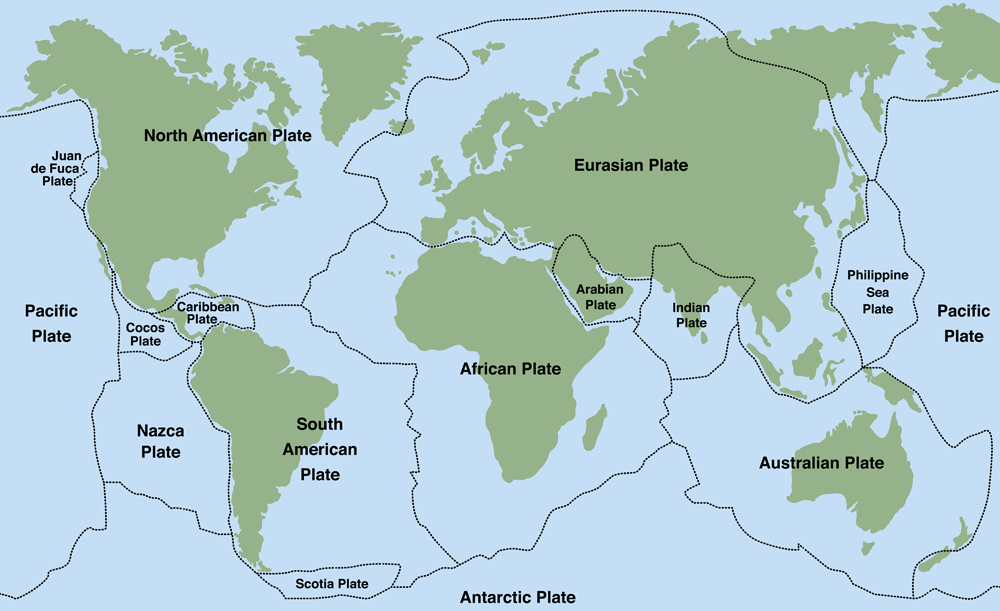
Plate boundaries are not the boundaries of the continents of today, but actually pass through the continents and even the oceans. There are three kinds of plate boundaries.
Divergent boundaries are those where plates move away from each other and new crust is generated. Convergent boundaries are those where plates move towards each other. One plate subducts under another and crust is destroyed. Transform boundaries are those that slide past each other.
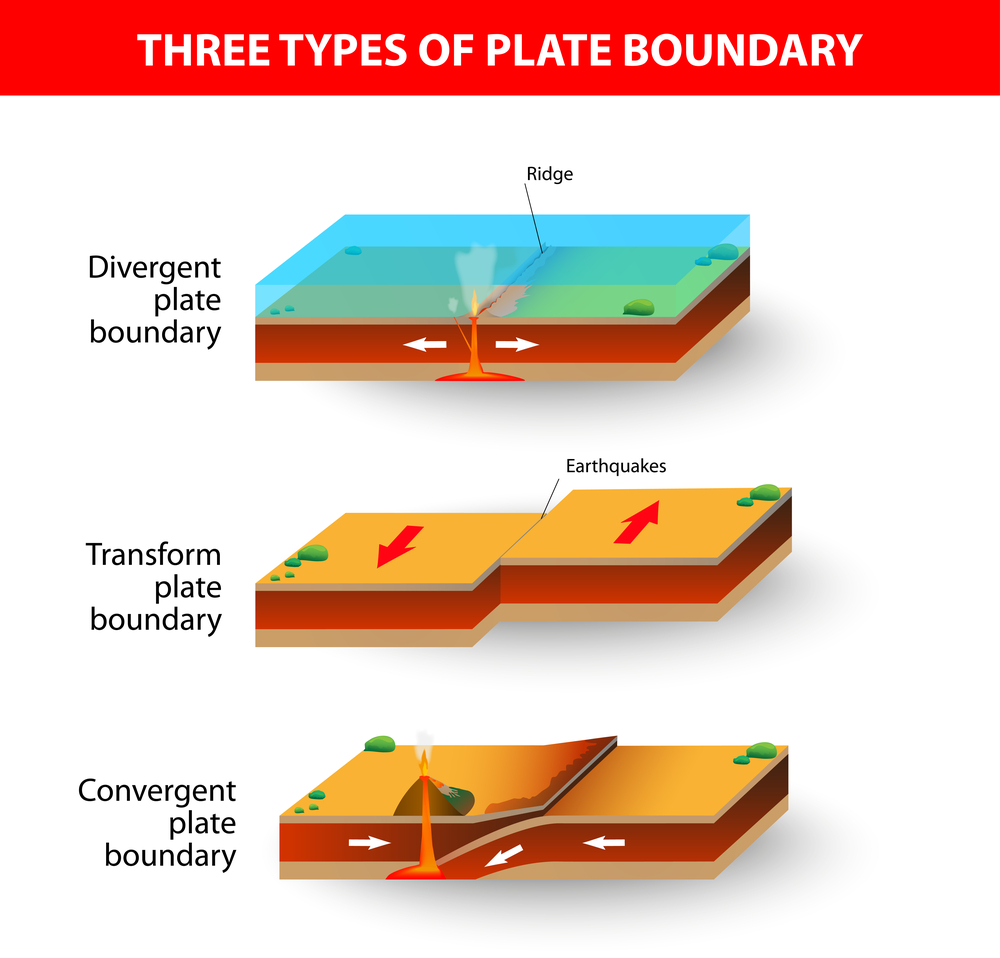
How Did Mt. Everest Form?
The Indian subcontinent used to be a large island around 225 million years ago. It was separated by the Tethys Sea from the Asian continent. Then, 200 million years ago, it started moving northwards towards Asia. Its movement continued for millions of years until about 40-50 million years ago, when it collided with Asia. The collision led to the rapid uplift of crust between the Indian and the Eurasian plate. Thus rose the Himalayan range of mountains. Since plate movement is quite slow (approximately 10 cm/year), the two plates are still moving into each other.
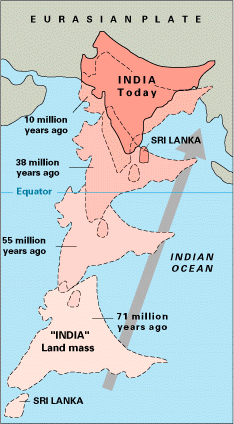
Out of the many peaks of the Himalayan range is Mt. Everest, which rose the highest. It took 50 million years for Mt. Everest to rise to the height it is today. In fact, it is still getting taller at a rate of 1 cm per year.
Also Read: How Did The Himalayas Form?
How Did Mauna Kea Form?
With a height of more than 10,000 m when measured from the ocean floor, Mauna Kea’s process of formation is very different from that of Mt. Everest.
Apart from different kinds of plate boundaries, there are also places on Earth called hotspots. These are breaks in the Earth through which molten mantle can rise upwards in the form of magma. This mantle erupts from the outer core, where mantle is present in a plastic form. This upwelling of mantle is known as a mantle plume. The regions where mantle plume comes out of the Earth’s surface are known as hotspots.
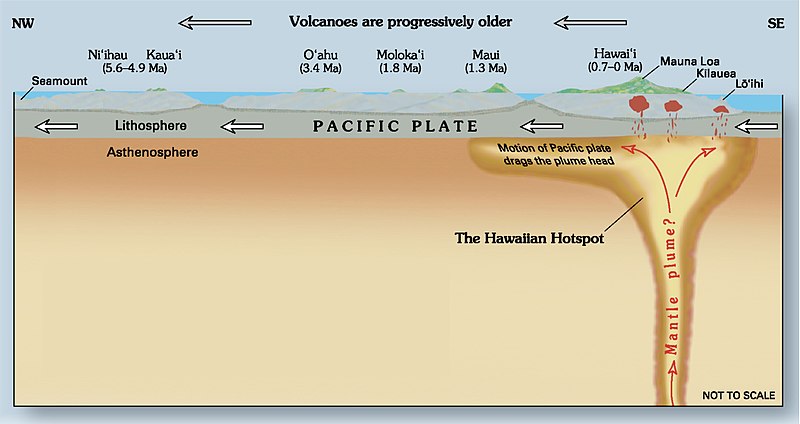
The eruption of mantle plume as magma leads to the formation of volcanoes. Island formation takes place as the magma keeps building up on the same place in oceanic regions. One such distinct example of island formation through mantle plume is that of the Hawaiian chain of islands. Mauna Kea is also a part of this chain.
The presence of a chain of islands indicates that the plate beneath (the Pacific plate) is in constant motion. If the plate would have remained still, only one large island would have been created.
Thus, this process of magma upwelling not only led to the creation of the tallest mountain on Earth, but also one of the world’s most famous holiday destination—the Hawaiian islands.
Also Read: How Are Underwater Volcanoes Formed?
Conclusion
In case you’re wondering why Mt. Everest is still considered the tallest mountain on Earth, the rationale is quite straightforward. It’s the difference in the manner of measurement. Whenever height above sea level is considered, Mt. Everest remains the undisputed winner. However, when absolute measurements are taken, Mauna Kea grabs first place!
How well do you understand the article above!

References (click to expand)
- Textbooks PDF (I-XII) - NCERT.
- Plate Tectonic Theory: Plates and Interplate Relationships. James Madison University
- The Himalayas: Two Continents Collide. The United States Geological Survey
- What is a Hot Spot? | Volcano World | Oregon State University - volcano.oregonstate.edu
- Hawaii Center for Volcanology | Mauna Kea. The University of Hawaiʻi System
- The Geology and Petrology of Mauna Kea "\foleano, Hawaii. The United States Geological Survey
